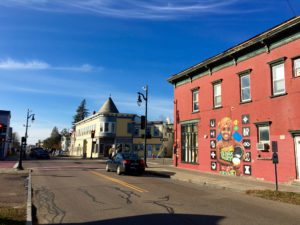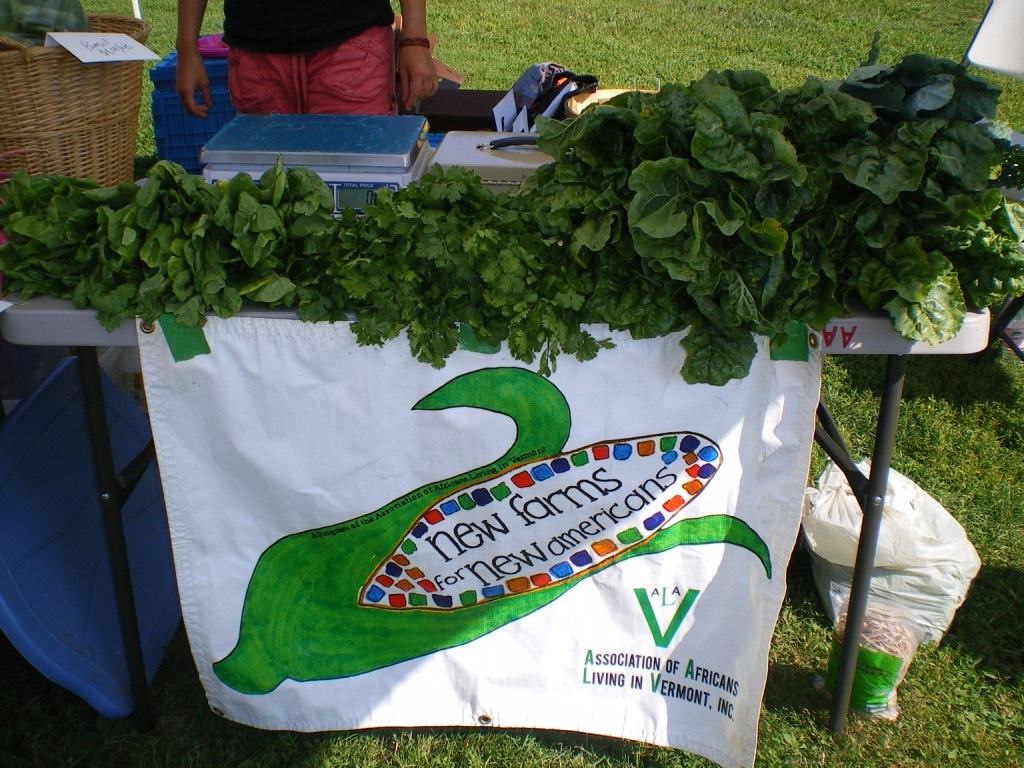The question that launched the research behind my recent book Refugees in new destinations and small cities: Resettlement in Vermont was a straightforward one – why was the federal government resettling refugees in a rural, sparsely populated and overwhelmingly white state in the North-eastern part of the US?
I arrived at the University of Vermont in the Fall of 2006, alongside Dr Carlos Vargas-Silva, now Director of COMPAS, and found myself a fish out of water. A migration and urban studies scholar used to working with immigrant communities in large gateway cities, I found myself in a place with little evidence of either. And yet as I came to learn, the resettlement of officially recognized refugees by third country programs in the Global North has increasingly turned to newer locations and destinations, not just the large metropolitan centers that have traditionally been home to immigrants and refugees alike, whether in Canada, the US, Australia or the Nordic countries. As I embarked upon a series of interconnected studies of transportation, food and culture, health and housing outcomes, employment and education, there were three main questions that motivated my research:
- Why was the federal government placing refugees in new locations in the US?
- What happened to these individuals, families and communities after arrival?
- What happened to the receiving communities after the influx of newcomers?
Refugees and the transforming landscapes of small cities in the US examines some of what I discovered over the past decade. I set out in 2013 with funding from a multi-year National Science Foundation grant seeking to answer these questions and others that are at the heart of many of the debates regarding immigration across the country and indeed the world. What are the economic impacts of new arrivals, how do refugees adjust to new lives, how do their children do in school, and how do the cities that receive them adjust to unfamiliar faces? These are important questions not only for researchers, but also for urban planners and civic leaders, for policymakers, for residents in these communities, and not least the refugees themselves.
When I began the work this book is based on, the context was quite different – my modest hope at that time had been to contribute research that could strengthen evidence-based decision-making regarding refugee resettlement and the allocation of resources. But within two years, the various migration ‘crises’ of 2015 and the increasing politicization and polarization of refugee policies gave an entirely new tenor (and urgency) to my study. The US Refugee Admissions Program has been under almost constant assault since 2017, with its numbers of admitted refugees cut from 85,000 individuals a year in the final year of the Obama Administration to a planned ceiling of just 15,000 people in 2021, and a hollowing out of the resettlement infrastructure through funding cuts nationwide.
This book has thus been as much about exploring, exposing and counteracting many of the myths that structure the understanding of the refugee program in the US as it is about assessing the effectiveness and nature of resettlement. Through interviews with stakeholders across many levels and an analysis of surveys and socio-economic data, I have been able to identify trends and objectives in current resettlement patterns and outcomes. Through site visits to small cities across the US I have been able to catalog the effect of change at the local level.

In the book I detail a number of significant findings as a result of this research. For example, in smaller cities outside of the traditional ‘gateway’ destinations (like New York, Chicago or San Francisco) that immigrants have always come to, refugees represent an important source of new arrivals. In many of the cities I visited – especially in rural regions, in so-called rustbelt areas, or places with aging populations – refugees are an important source of labor, skills, and diversity. For many towns grappling with declining tax bases and the loss of population (through aging or outmigration of youth, for example), refugees are often seen as a ‘lifeline’ to renewed growth.
However, the experience for refugees resettling into many of these communities can be a mixed one. On the one hand I found high levels of local support for most resettlement programs. On the other hand, some of these communities have little experience with immigrant integration and thus were not always able to deliver necessary services. In particular, the mismatch between refugee skills (including advanced skills in fields of healthcare and engineering) and initial job placements (especially in low-wage manufacturing, agriculture and domestic labor) is a potential waste of human capital. I argue therefore that more resources dedicated to long-term integration rather than short-term adjustment has the potential for greater success.
Finally, I found refugee newcomers to be highly engaged within their new homes – volunteering for community events, joining local organizations, getting involved with their children’s education, and showing an eagerness to vote once eligible – in every community that I visited. Refugee resettlement would thus seem to be an ideal program for welcoming active and vibrant new citizens to the country, despite the xenophobic fears and outright racism that has animated so much backlash against them.
Pablo S. Bose studies migration and urban environments. He is Associate Professor at the Department of Geography and Director of the Global and Regional Studies Program at the University of Vermont. His research is interdisciplinary in nature and his main focus over the past thirty years has been on refugees and resettlement in North America and Europe, on cities of the global south, and on environmental displacements across the world.
